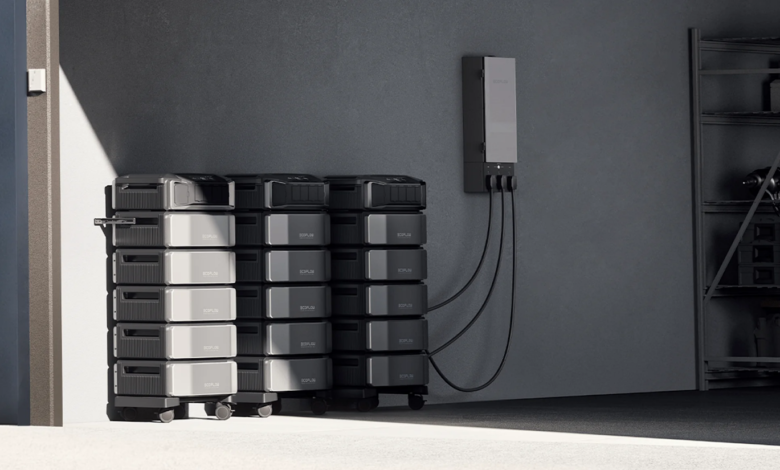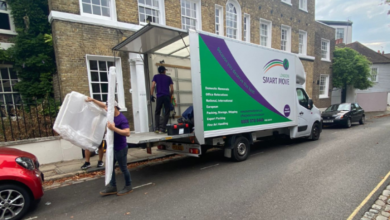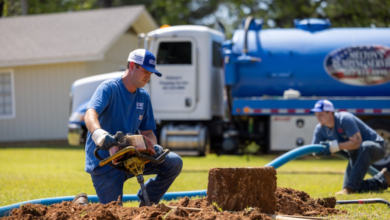How a Whole Home Generator Protects Your Family During Extended Outages

When the grid goes dark for hours, or sometimes days, daily life changes fast. Refrigerators warm, medical devices beep low-battery warnings, and loved ones stumble through candlelit rooms. A whole home generator stands between your household and those uncertainties by restoring full-house power automatically the moment lines fail.
Instead of scrambling for flashlights or rushing to hotels, you remain secure, fed, and connected. This article explores why investing in a whole home generator matters, how it shields critical systems, and what to consider when selecting the right model. With extreme weather events increasing, preparation is protection.
Understanding the Risks of Prolonged Blackouts
Extended blackouts introduce more than mild inconvenience; they create layered hazards that intensify with every passing hour. Food safety tops the list, because perishable goods spoil after four hours above 40 °F, raising illness risk. Climate control also disappears, so winter outages invite hypothermia while summer failures bring heatstroke. Home security systems lose power, leaving doors and cameras offline when neighborhoods are most vulnerable.
Without a whole home generator to guard circuits, even routine medicine that needs refrigeration becomes compromised. Families who rely on powered medical equipment often face emergency evacuations. Add financial losses from spoiled groceries, frozen pipes, and flooded basements when sump pumps stop, and the true cost of waiting becomes clear. Understanding these stakes explains why adopting a whole home generator is a proactive decision.
Utility crews work hard, yet wildfire shutoffs, ice-laden lines, and storm debris can delay repairs for days. Cellular towers sometimes falter after backup batteries deplete, cutting information lifelines when updates matter most. A portable gas generator may seem like an easy fix, but running cords through windows invites carbon-monoxide danger and cannot match the capacity of a dedicated whole home generator.
Noise, fuel storage, and limited runtime further reduce practicality during long events. An installed whole home generator with an automatic transfer switch senses utility loss and starts within seconds, eliminating guesswork and keeping every outlet live. Recognizing the cascading consequences of outages and the limits of stop-gap measures clarifies why households seeking reliability adopt a whole home generator before the lights go out.
Whole Home Generator Safety: Keeping Critical Systems Alive
Safety is the first promise a whole home generator delivers. Modern units connect directly to a home’s main panel, powering life-support devices such as oxygen concentrators, CPAP machines, and motorized wheelchairs without manual action. Automatic operation means elderly relatives or children home alone do not need to flip breakers or handle fuel. Because the whole home generator links to natural-gas lines or sealed batteries, you avoid messy refills and toxic fumes.
Inverter regulation keeps voltage steady, preventing surges that can damage sensitive electronics when the grid returns. Building codes require professional installation with proper clearances and exhaust routing, so carbon-monoxide risks are addressed at the design stage. By integrating these safeguards, the whole home generator shifts from convenience to essential guardian, maintaining health-critical systems throughout any outage.
Beyond medical equipment, safety devices such as smoke detectors, sump pumps, and security alarms stay active when a whole home generator stands watch. Water damage often strikes after heavy storms knock out electricity just as rainfall peaks; powered pumps continue clearing basements and crawl spaces, protecting structure and valuables. Electronically controlled garage doors remain responsive, so evacuation routes stay open.
For households storing vaccines or research reagents, consistent refrigeration preserves potency and prevents costly waste. Each safeguarded system represents one less variable during emergencies, freeing attention for loved ones instead of troubleshooting power strips. Because a whole home generator covers the entire load, you never need to choose one appliance at the expense of another.
Whole Home Generator Comfort: Preserving Daily Routines
While safety comes first, comfort strongly influences morale during crises. With a whole home generator humming quietly outside, heating and cooling cycles continue, letting you sleep beneath familiar blankets rather than emergency bedding. Kitchen stoves, microwaves, and dishwashers remain usable, allowing normal meals instead of canned staples.
Streaming services and internet routers stay online, a small but powerful boost for children anxious about storms. Laundry can be washed, dried, and folded, keeping hygiene standards high. These everyday routines provide psychological anchors, lowering stress and preventing conflict in crowded homes. Consistent comfort is possible only when a whole home generator supplies enough power for central HVAC units and large appliances at the same time, eliminating the need to juggle extension cords or ration use.
Continuity also guards productivity. Remote workers keep computers, monitors, and VoIP phones running, avoiding missed deadlines and pay cuts. Students attending online classes remain engaged, preserving academic momentum. Refrigerators keep fresh produce crisp, so dietary restrictions or infant formula schedules stay intact. Even aquariums and reptile terrariums hold stable temperatures, safeguarding beloved pets.
Each preserved routine reduces the sense of disruption, reinforcing household resilience. With automatic load management, a modern whole home generator prioritizes high-draw items when needed and sheds non-essential loads as conditions change, all without human oversight. That intelligence improves fuel efficiency or battery cycles, ensuring comfort lasts as long as the outage.
Community Resilience Beyond Your Front Door
Homes equipped with reliable backup power often become informal hubs for neighbors, sharing refrigerated space, device charging, or short-term shelter. This spillover benefit strengthens community resilience and eases pressure on municipal centers. A properly installed whole home generator meets local noise ordinances, so offering help does not disturb the neighborhood.
Some residents pair solar arrays and storage with their generator, creating microgrids that feed excess energy to adjacent homes and reduce demand spikes when utilities return. Maintaining internet connectivity lets verified information flow, countering rumor-driven anxiety. By extending protection beyond property lines, a whole home generator investment supports the social fabric that carries communities through disasters.
Local agencies sometimes partner with prepared homeowners, encouraging voluntary registration of generator locations to map resources for vulnerable populations. During heatwaves or freezes, coordinators can direct residents who rely on powered medical devices to safe, energized sites quickly. This grassroots network reduces response times and hospital crowding. Insurers also recognize the broader benefit; many offer premium discounts once a certified whole home generator is installed.
Lower claims for water damage, spoiled food, and frozen pipes translate into tangible savings. Viewing backup power as part of a community ecosystem rather than a solitary upgrade maximizes return on investment and inspires neighbors to prepare responsibly.
Choosing the Right Whole Home Generator for Future Outages
Selecting the right whole home generator begins with calculating total load. List high-draw appliances such as HVAC compressors, electric ranges, and well pumps, then add essential low-draw devices such as routers and LED lighting. A licensed electrician can conduct a load test and confirm peak simultaneous wattage. Next, choose a fuel source. Natural-gas models provide virtually unlimited runtime when supply lines remain intact. Propane offers clean, long-term storage for rural properties.
Battery-based whole home generator systems paired with solar panels deliver silent, emission-free operation, perfect for neighborhoods with strict noise rules. Regardless of technology, look for automatic transfer switches, remote monitoring apps, and maintenance reminders that simplify ownership.
Budget factors extend beyond purchase price. Installation may require permits, site preparation, and panel upgrades. Annual service contracts cover oil changes or battery checks, ensuring the whole home generator performs when called upon. Compare warranty periods; some manufacturers offer up to ten years, reflecting confidence in durability.
Evaluate customer support and local service availability because prompt repairs are critical during storm seasons. Reading reviews from owners who endured real outages reveals performance under pressure better than marketing claims. By weighing these practical details, you can select a whole home generator that matches household needs, climate challenges, and financial comfort, securing peace of mind long before the next blackout arrives.



